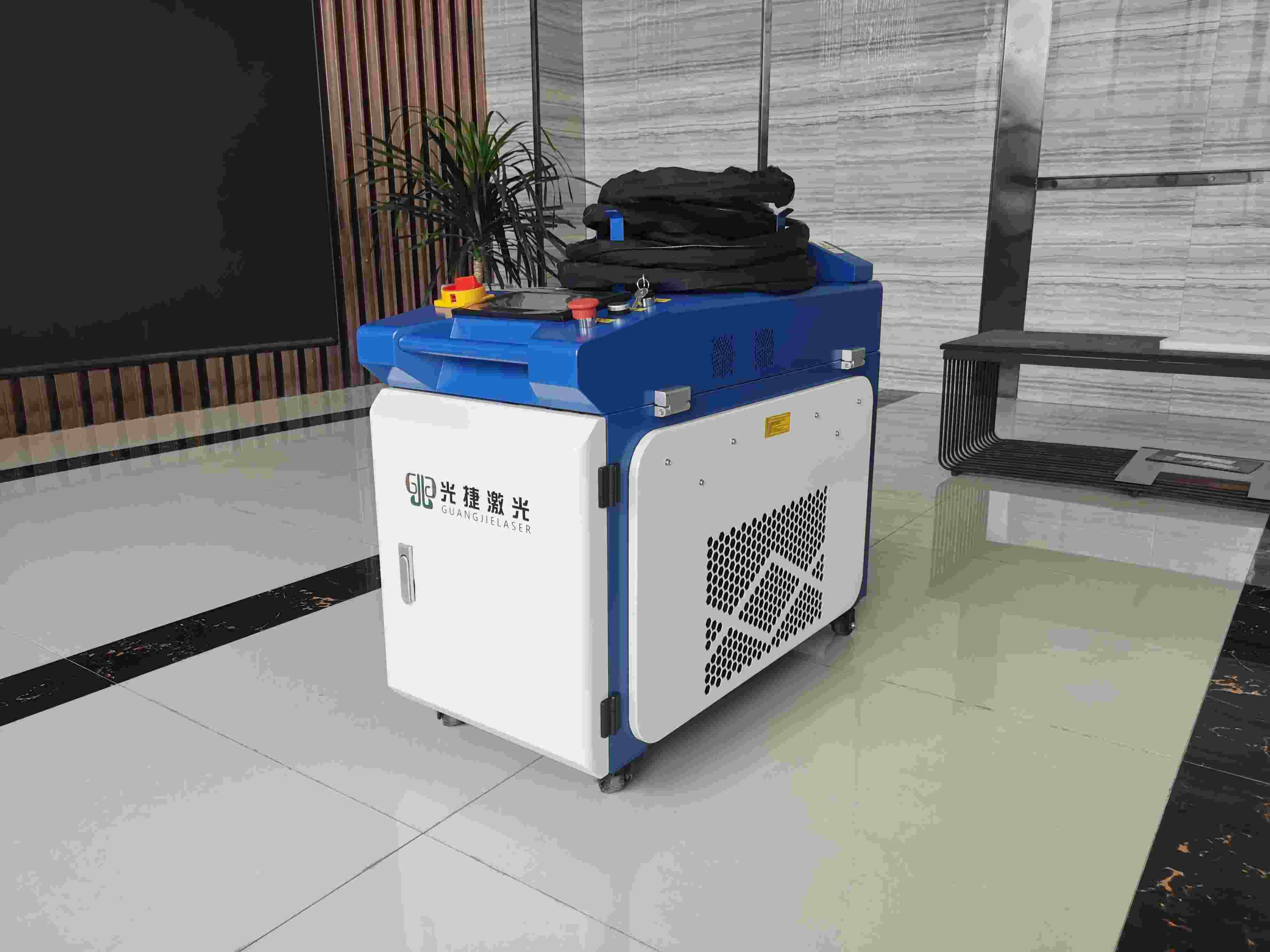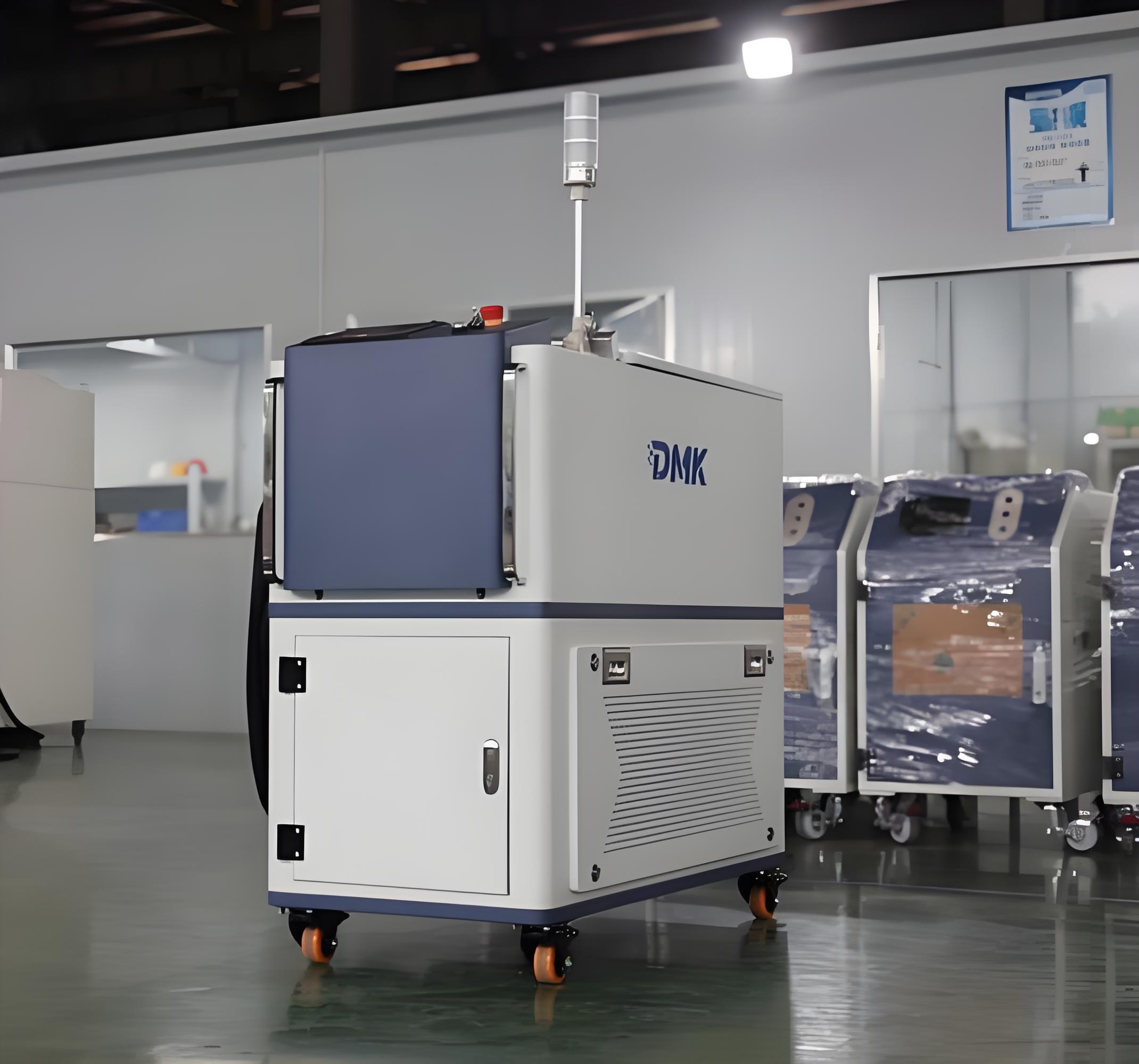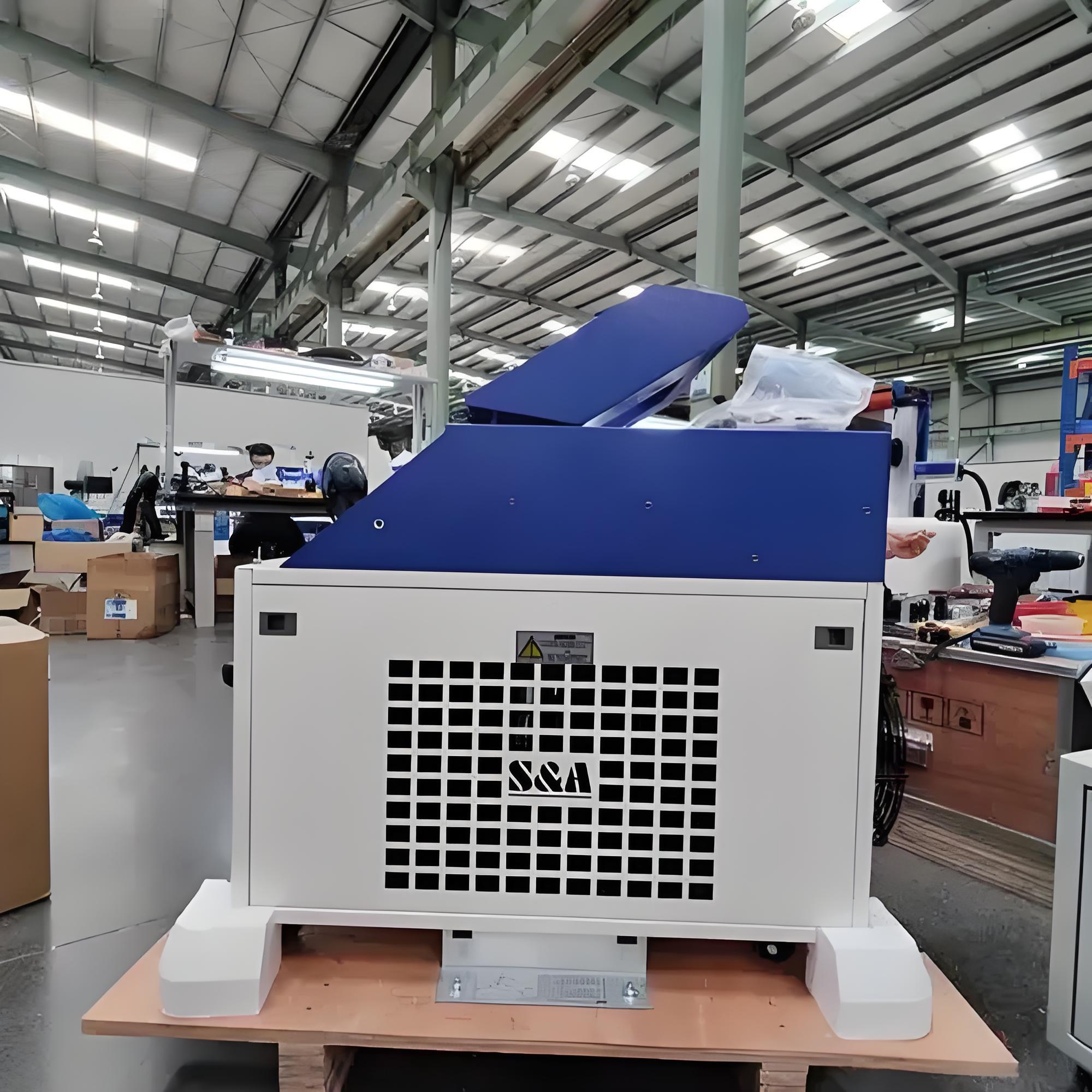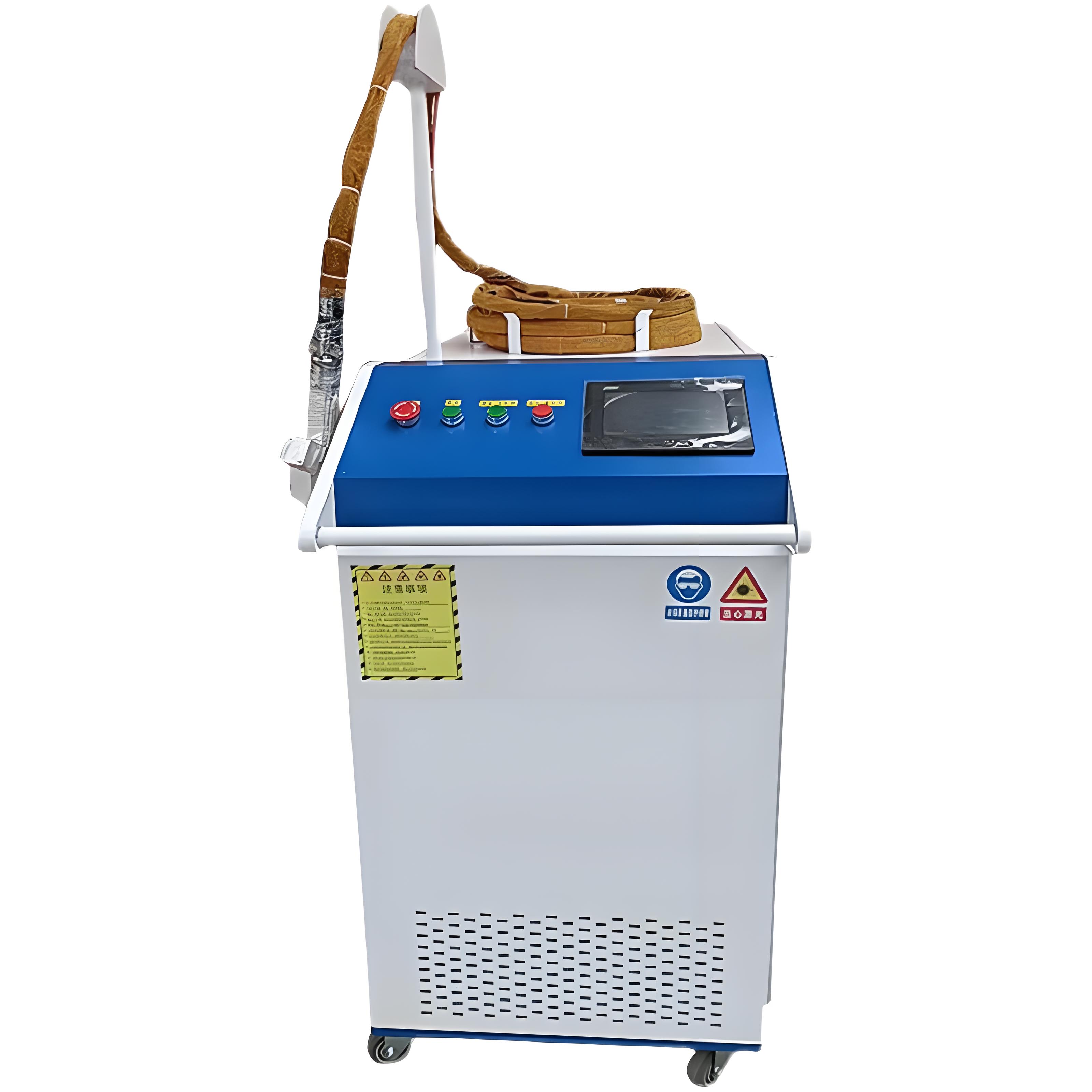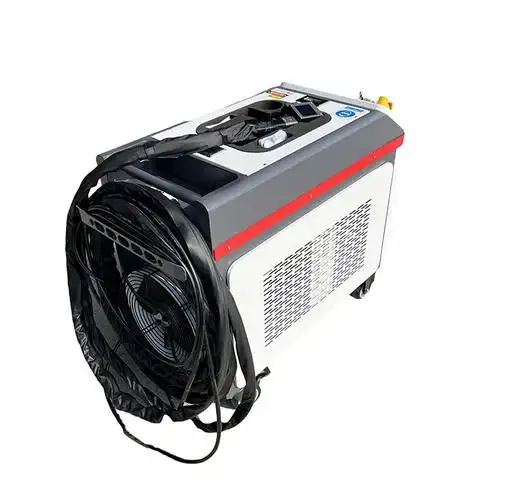I’ve spent well over a decade in the field of laser cleaning technology, watching it evolve from bulky, unreliable prototypes into today’s highly efficient, portable, and intelligent systems. In that time, I’ve helped countless clients across various industries—automotive, shipbuilding, cultural relic restoration—optimize their cleaning processes. But one topic that seems surprisingly underestimated is how to transport laser rust removal equipment safely.
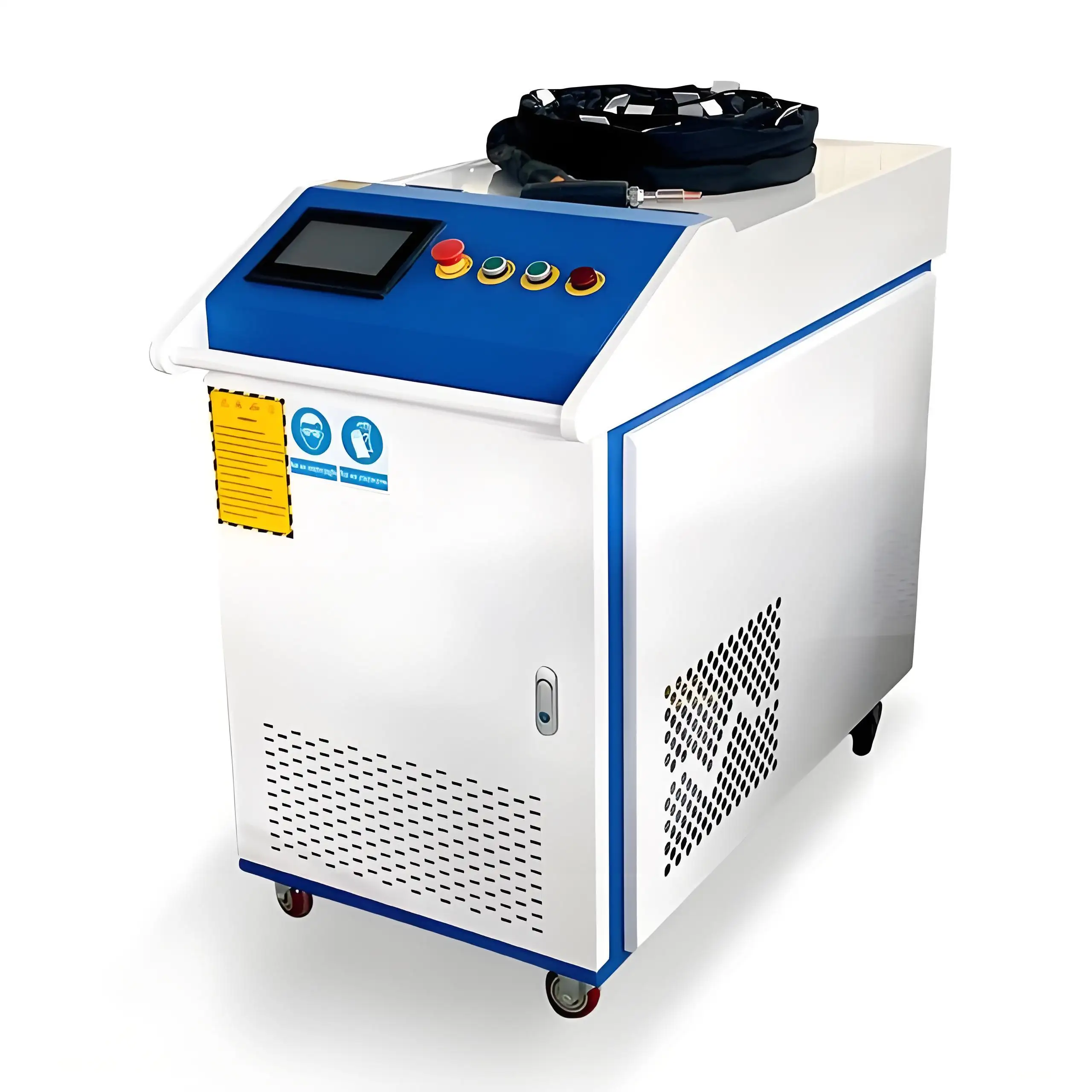
It might sound simple at first. Just pack it up, secure it, and ship it, right? But I’ve seen too many businesses suffer avoidable losses: high-precision optics thrown out of calibration, fiber cables damaged beyond repair, or delicate electronics fried after improper handling. These issues can translate into expensive repairs, extended downtimes, and even safety hazards.
So if you’ve recently invested in a laser rust removal system (whether a 100W handheld unit or a 2000W industrial-grade machine), or if you’re about to move your existing setup to a new site, this guide is for you.
Why Does Transporting Laser Rust Removal Equipment Need Special Attention?
Before jumping into the “how,” it’s worth briefly touching on the “why.” Laser cleaning systems aren’t like your average angle grinder or sandblaster. They involve:
Precision optical assemblies: Lenses, mirrors, and scanning heads can be knocked out of alignment by a mild shock.
Sensitive electronics: The power sources and control boards are vulnerable to vibration, humidity, and static.
Expensive fiber lasers: Many laser rust removal systems use fiber lasers, which are robust in operation but not invincible to bending or crushing.
Software-calibrated setups: A sudden bump could mean hours of recalibration work.
In short, what makes laser cleaning so effective—its high focus, energy control, and delicate delivery—is also what makes improper transportation risky.
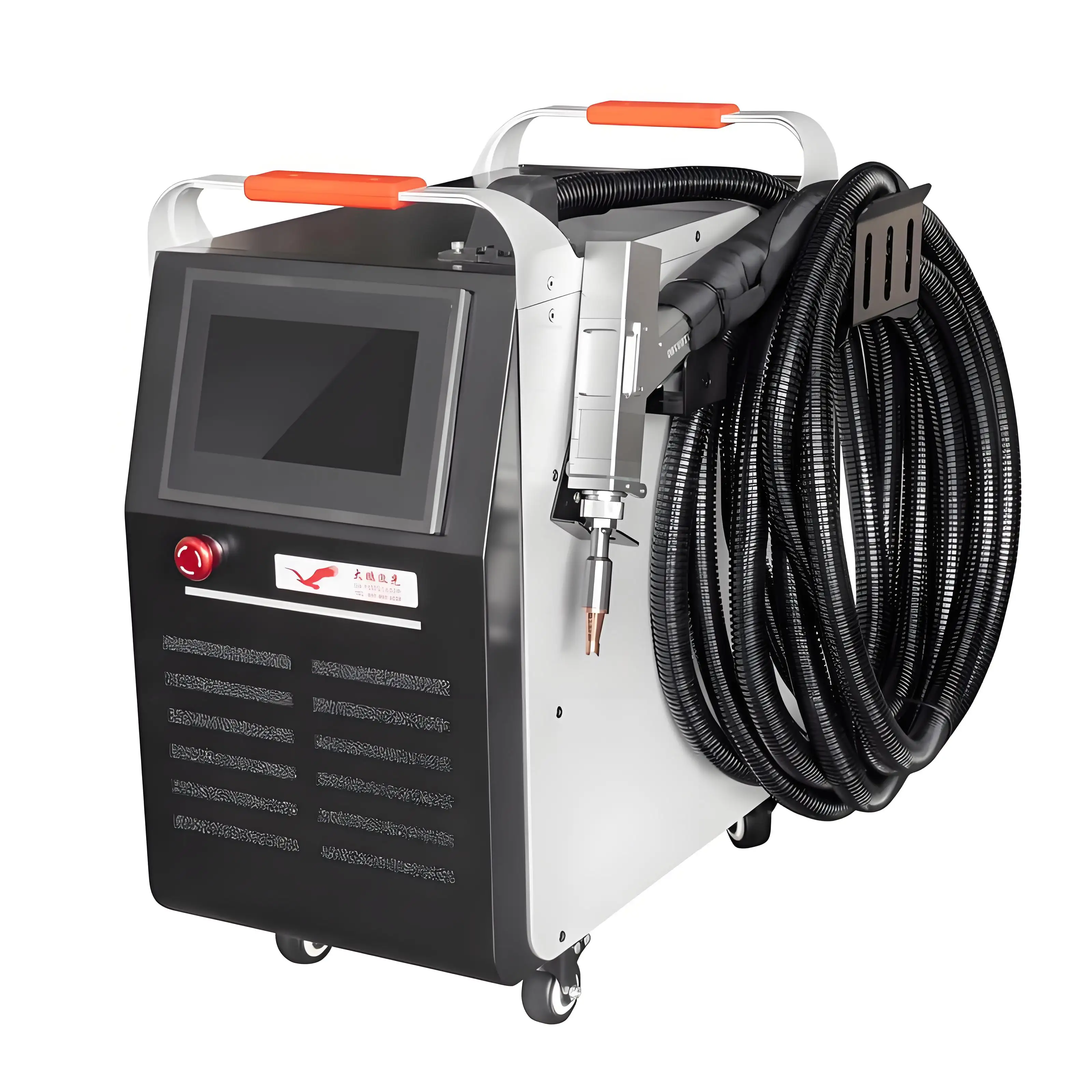
How I Typically Plan a Safe Transport
Let me break this down by four core aspects that have served me and my clients well over the years:
| Aspect | What It Involves | Why It Matters |
|---|---|---|
| Mechanical Safety | Shock absorption, fixing devices | Prevents optical/electronic damage |
| Environmental Control | Moisture, dust, static protection | Avoids corrosion, contamination |
| Documentation & Labeling | Handling instructions, diagrams | Reduces human error |
| Insurance & Tracking | Transit insurance, GPS monitoring | Mitigates financial loss if damaged |
1. Mechanical Safety: Avoid Shocks and Vibration
This is the biggest cause of transport damage. Optical modules inside laser rust removers are often aligned to microns. A hard drop or repeated vibration can easily knock these out of spec.
Here’s what we usually do:
Use professional-grade shock-absorbing crates. Not just foam, but high-density polyurethane inserts cut to your machine’s exact shape. For larger systems, spring-mounted pallets or crates with vibration isolators make a huge difference.
Secure movable parts. If the system has an articulated laser head or adjustable optics, lock or brace them. Some manufacturers provide transport brackets for this reason—never throw them out.
Transport upright if specified. Many laser systems are designed to be moved standing up, not on their side. Always check your manual.
Avoid stacking. A heavy box on top of your laser cleaner is just asking for crushed optics or dented casings.
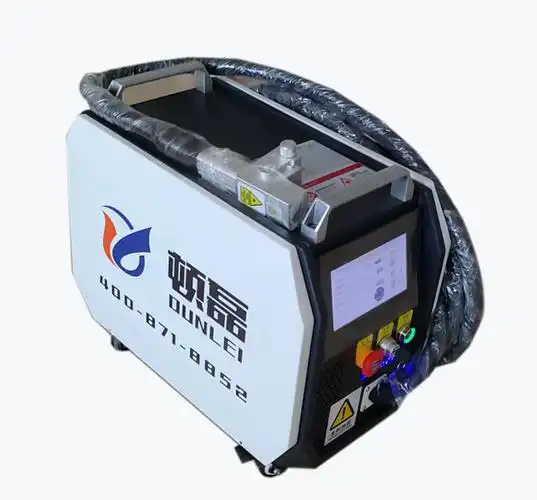
2. Environmental Control: Keep Out Moisture, Dust, Static
I’ve seen $50,000 laser sources ruined simply because they sat overnight in a damp warehouse. To avoid this:
Use desiccant packs and humidity indicators inside the crate. These turn color if the moisture rises above safe levels.
Seal in antistatic bags or use conductive foam for circuit boards. Static discharge during transport (especially by air) can silently fry sensitive electronics.
Ensure clean loading environments. Dust or iron particles can get inside the laser’s air cooling path. A quick shop-vac around the area before loading helps more than you’d think.
3. Documentation & Labeling: Keep Everyone on the Same Page
This might sound boring, but I’ve personally stopped countless mistakes just because everything was labeled clearly.
Use bright “This Side Up,” “Fragile Laser Optics Inside,” and “Do Not Stack” labels.
Provide a quick transport sheet. Include lifting points, weight, center of gravity, and special notes (like “Do not tilt beyond 15°”).
I also encourage clients to put a laminated photo of the unpacked machine on the crate, with contact numbers if there’s an issue. Truck drivers actually appreciate this—they hate dealing with claims too.
4. Insurance & Tracking: Protect Your Investment
Even the best plans can go sideways. I always recommend:
Get full transit insurance. Not just general cargo insurance, but one that specifically covers “precision instruments” or “high-value industrial equipment.”
Use GPS or RFID tracking. For larger machines, I’ve started embedding small GPS trackers inside the crate. It’s not expensive, and if your shipment gets rerouted by mistake, you’ll know instantly.
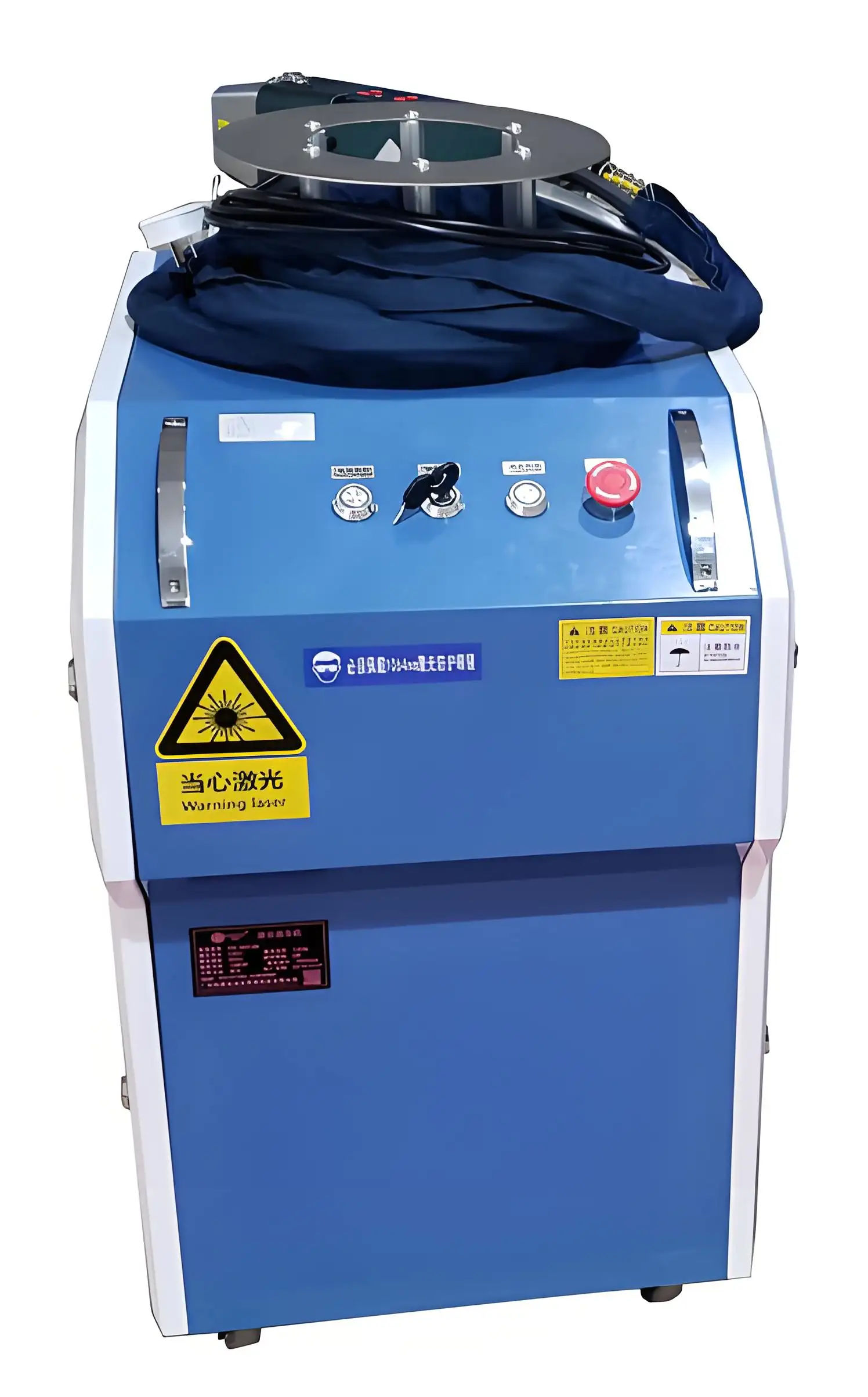
A Few Personal Pro Tips
Over the years, I’ve developed some habits that might help you too:
Do a gentle shake test after packing. If you hear or feel anything move inside the crate, unpack and repack.
Photograph every stage. Before packing, after packing, when loaded on the truck. This helps with insurance claims and troubleshooting.
Coordinate direct-to-site delivery. Try to avoid unnecessary cross-docking at logistics hubs. Each time it’s loaded and unloaded increases risk.
Let your laser system “acclimate” for several hours after arriving. Especially if coming from a hot truck into an air-conditioned shop (or vice versa). Rapid condensation inside the optics can be devastating.
Common Scenarios I See—and How to Handle Them
| Situation | What Often Goes Wrong | What I Recommend |
|---|---|---|
| Short local moves (<50km) by pickup | Equipment not secured, bouncing around | Still use professional crate, strap tightly, avoid direct truck bed contact |
| Air freight for export | Rapid temp/humidity changes | Insist on climate-controlled cargo hold, double desiccants |
| Moving within same plant | “Just forklift it across…” attitude | Always use pallet jacks with suspension wheels, keep it slow |
If there’s one thing I’ve learned, it’s this: laser rust removal equipment is an investment worth protecting. Spending a few hundred dollars more on proper crating and insurance beats spending thousands (and losing days or weeks) on repairs. Plus, it’s frankly less stressful for everyone involved.
Laser technology continues to advance, becoming lighter and smarter, but until we invent machines that are truly shock-proof and humidity-immune, safe transportation will always be critical.
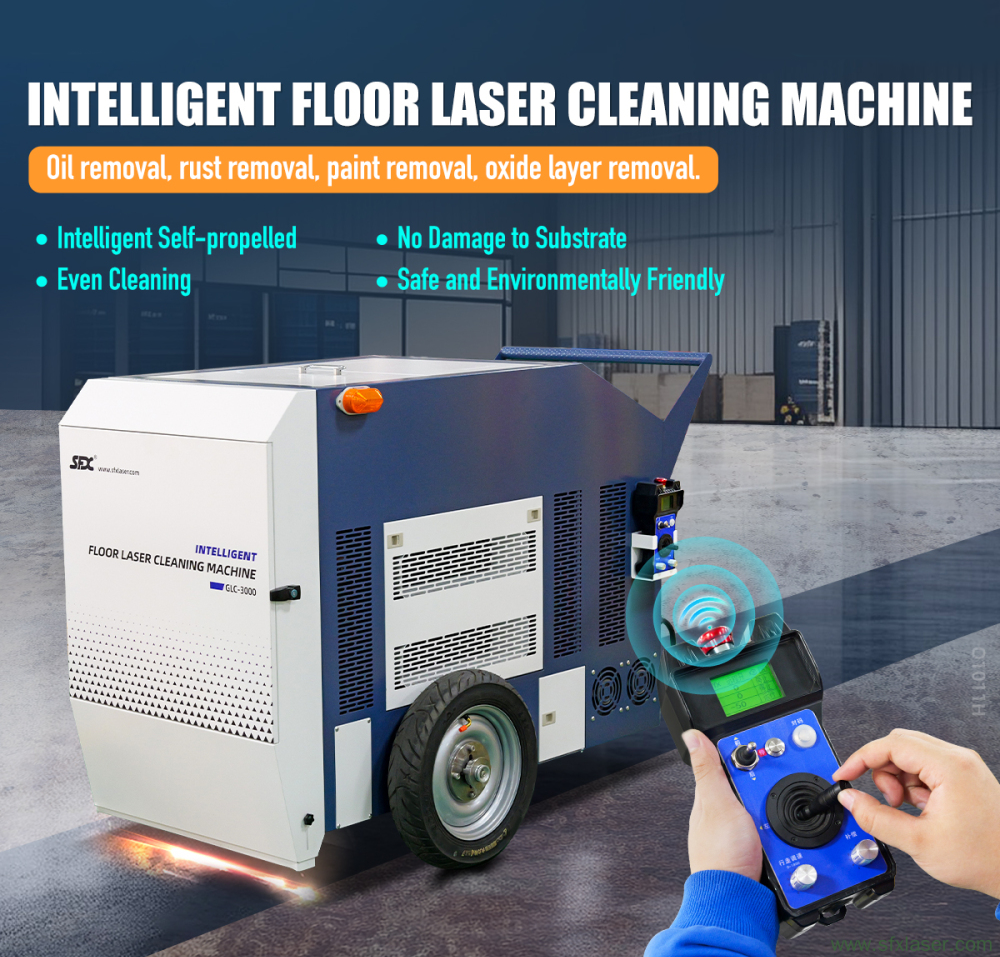
Related Questions & Answers
Q: Can I transport my laser rust removal system in my own van if it’s just a small 100W handheld?
A: You can, but still use a fitted foam case and secure it so it can’t shift. Remember, even handhelds have delicate fiber optics.
Q: Do I need to recalibrate my laser after every move?
A: Not necessarily, but always perform a basic power and spot check after transport. If you notice distortion or power loss, stop and call a technician.
Q: What’s the biggest mistake people make?
A: Thinking “it’s built tough, it’ll be fine.” Precision instruments are rugged when operated properly—but not immune to careless drops or moisture.
Q: How long should I wait before powering on after delivery?
A: If it came from a very different environment (say hot truck to cool shop), let it sit unplugged for 2-4 hours to equalize temperatures and avoid condensation inside.

